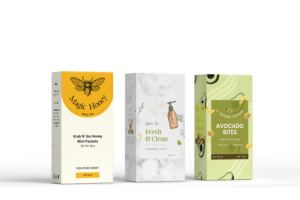Home » Physical vs Digital Packaging Prototypes: Choosing the Right Prototype for Your Business Needs
Physical vs Digital Packaging Prototypes: Choosing the Right Prototype for Your Business Needs
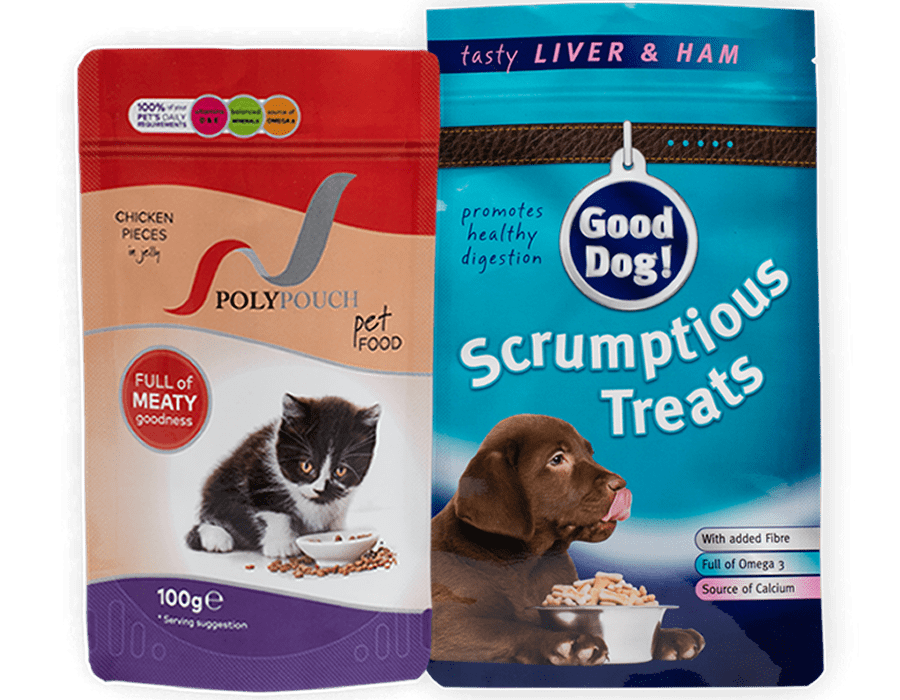
In today’s market, packaging plays a crucial role in product sales and branding. It is one of the most critical aspects of a product’s marketing strategy, making it essential for businesses to get it right. There are two main types of packaging prototypes: physical and digital. Each has its benefits and drawbacks, and understanding these differences can help businesses choose the right prototype for their packaging needs.
Physical Packaging Prototypes
Physical prototypes are tangible models of a product’s packaging. These prototypes are made using physical materials like cardboard, plastic, and metal. The prototype is a full-scale representation of the final packaging design, giving businesses a realistic idea of how the packaging will look and feel.
Benefits of Physical Packaging Prototypes
- Realistic Experience: Physical prototypes offer a tactile experience that digital prototypes cannot replicate. The user can touch, feel, and interact with the packaging, giving a more realistic experience.
- Accurate Color Representation: Color representation is an essential aspect of packaging design. Physical prototypes offer a more accurate color representation than digital prototypes, as colors can appear differently on screens than they do in real life.
- Detailed Design: Physical prototypes offer businesses the opportunity to see and test the detailed design of the packaging, including the structure, materials, and finish.
- Easy to Understand: Physical prototypes are easier for everyone to understand, even those who may not be familiar with design software.
Drawbacks of Physical Packaging Prototypes
- Time-consuming: Physical prototypes can be time-consuming to create and may require multiple iterations before the final design is achieved.
- Costly: Creating physical prototypes can be expensive, especially if multiple iterations are required.
- Limited Revisions: Making changes to a physical prototype can be challenging and may require starting from scratch, which can be costly and time-consuming.
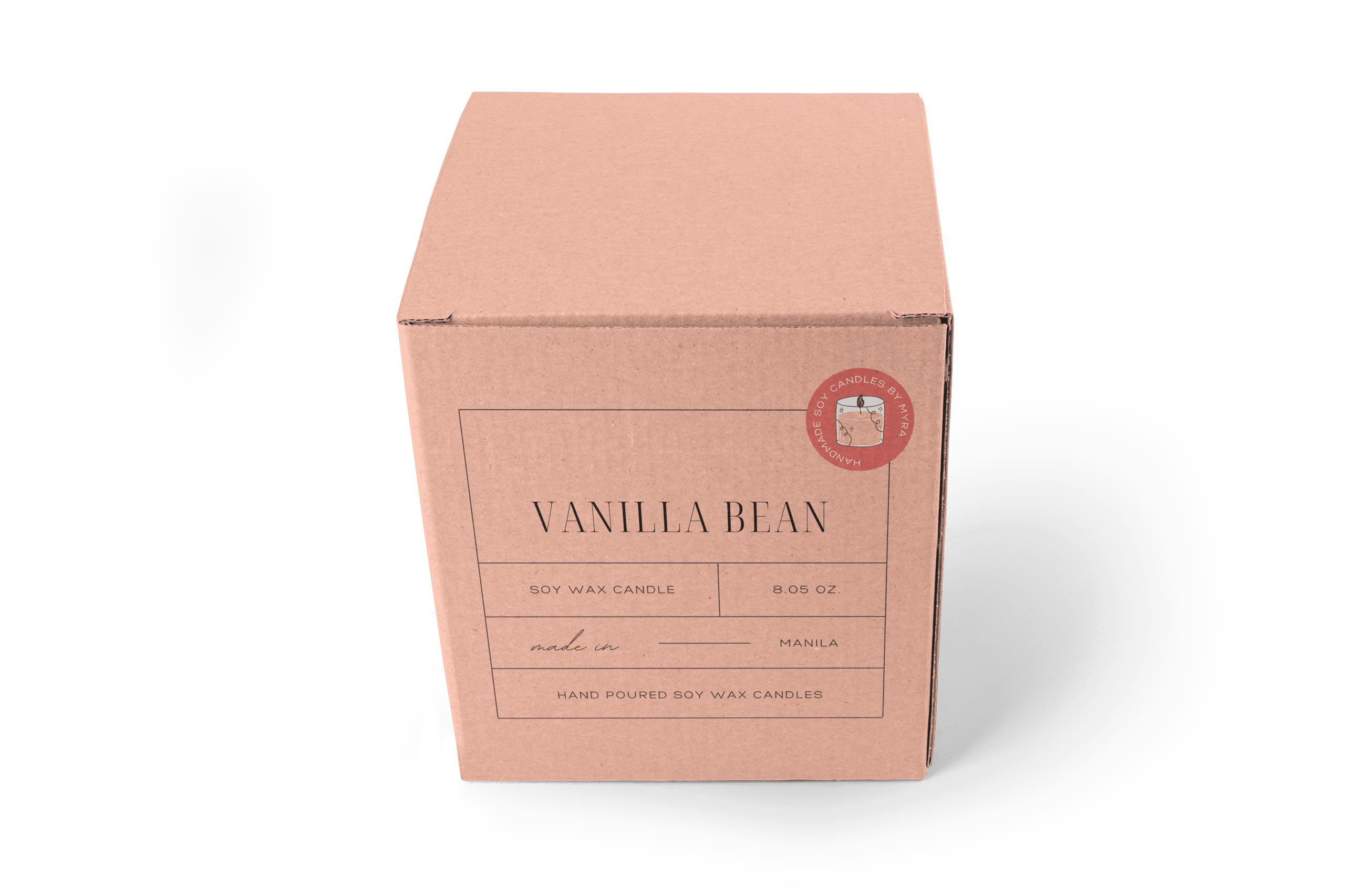
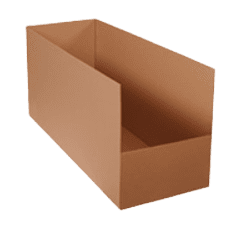
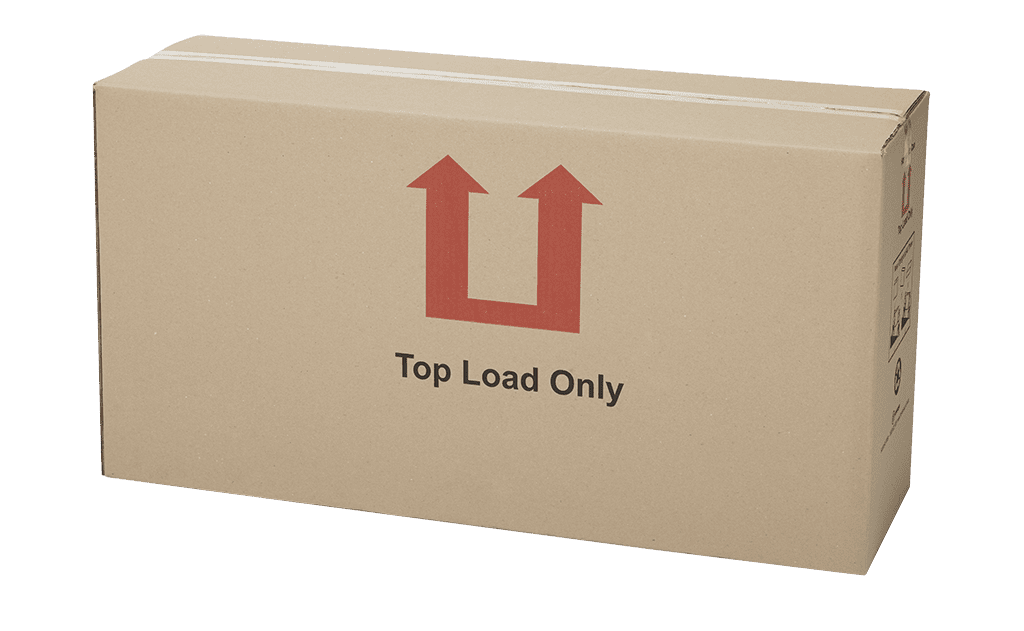
Digital Packaging Prototypes
Digital packaging prototypes are created using software and computer graphics. They are virtual representations of the final packaging design, giving businesses a 3D view of the packaging design.
Benefits of Digital Packaging Prototypes
- Quick and Cost-effective: Digital prototypes are quick and cost-effective to create compared to physical prototypes.
- Easy Revisions: Making changes to a digital prototype is easy and cost-effective. It can be done quickly without the need for starting from scratch.
- Eco-friendly: Digital prototypes are environmentally friendly, as they do not require physical materials, reducing waste.
- Easy Collaboration: Digital prototypes can be shared electronically, making it easy to collaborate with remote team members.
Drawbacks of Digital Packaging Prototypes
- Lack of Tactile Experience: Digital prototypes lack a tactile experience, making it difficult to understand how the packaging will feel in real life.
- Limited Color Representation: Colors can appear differently on screens than they do in real life, leading to inaccurate color representation.
- Limited Detail: Digital prototypes may not show the finer details of the packaging, including the texture and finish.
- Steep Learning Curve: Creating digital prototypes can have a steep learning curve, requiring specialized software and technical skills.
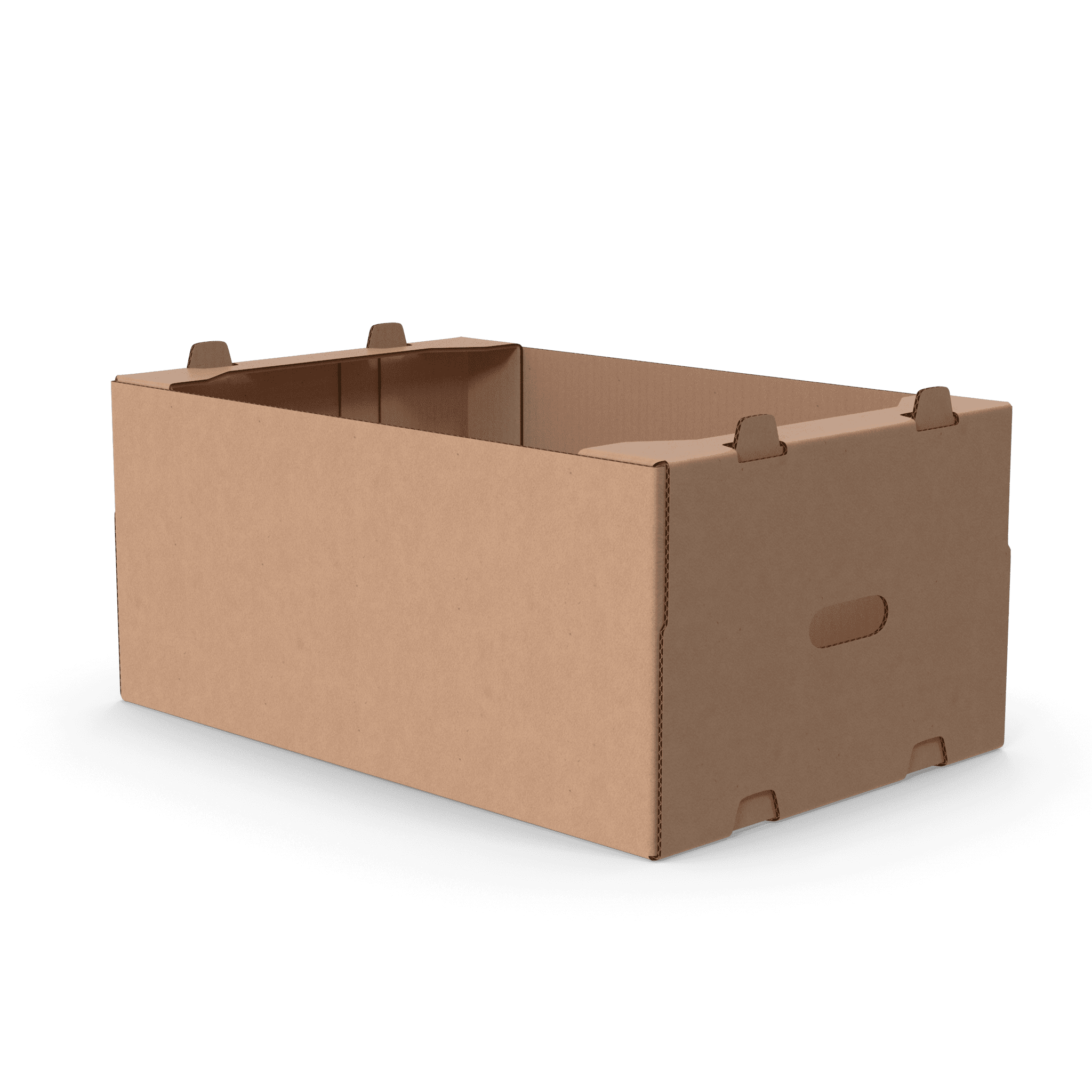
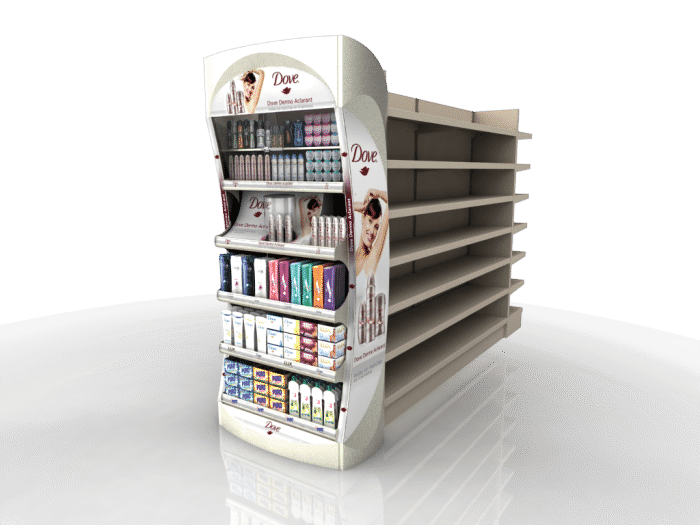
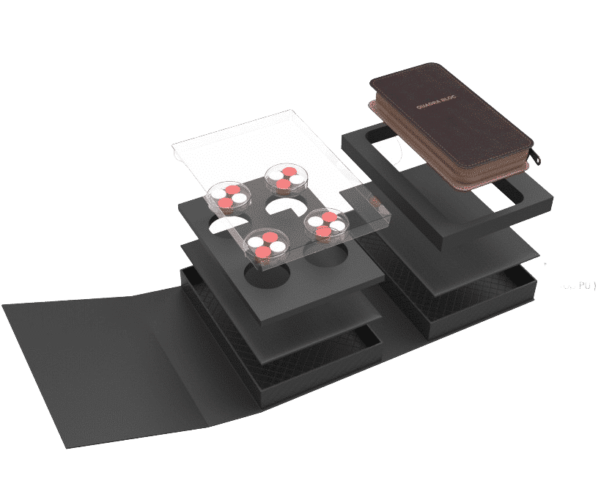
Summary: Physical Vs Digital Packaging Prototypes
Both physical and digital packaging prototypes have their benefits and drawbacks. Physical prototypes offer a realistic experience, accurate color representation, and detailed design, but they can be time-consuming and costly. Digital prototypes, on the other hand, are quick and cost-effective, easy to revise, eco-friendly, and offer easy collaboration, but they lack a tactile experience and may have limited detail and color representation.
If you are interested in custom packaging solutions, then partner with Brown Packaging today.
As tariff changes reshape global trade, packaging buyers moving production from China to the U.S. or nearshore regions face a new challenge: supplier qualification. Transitioning
With new tariff proposals and continued trade uncertainty, 2026 is shaping up to be another pivotal year for packaging sourcing strategy. Many companies that shifted
Following multiple rounds of tariff changes and trade policy adjustments, 2026 marks a turning point for U.S. packaging buyers. Many who previously transitioned from China
Shifting packaging production from China to the U.S. can help stabilize costs, reduce tariff exposure, and shorten lead times. But the transition process requires careful
RSC boxes are known for their efficiency and versatility, but their performance ultimately comes down to strength. Buyers often see numbers like ECT, BCT, and
In packaging, foam isn’t just about initial protection — it’s about maintaining performance over the entire shipping or storage cycle. Compression set and recovery characteristics
Home » Physical vs Digital Packaging Prototypes: Choosing the Right Prototype for Your Business Needs
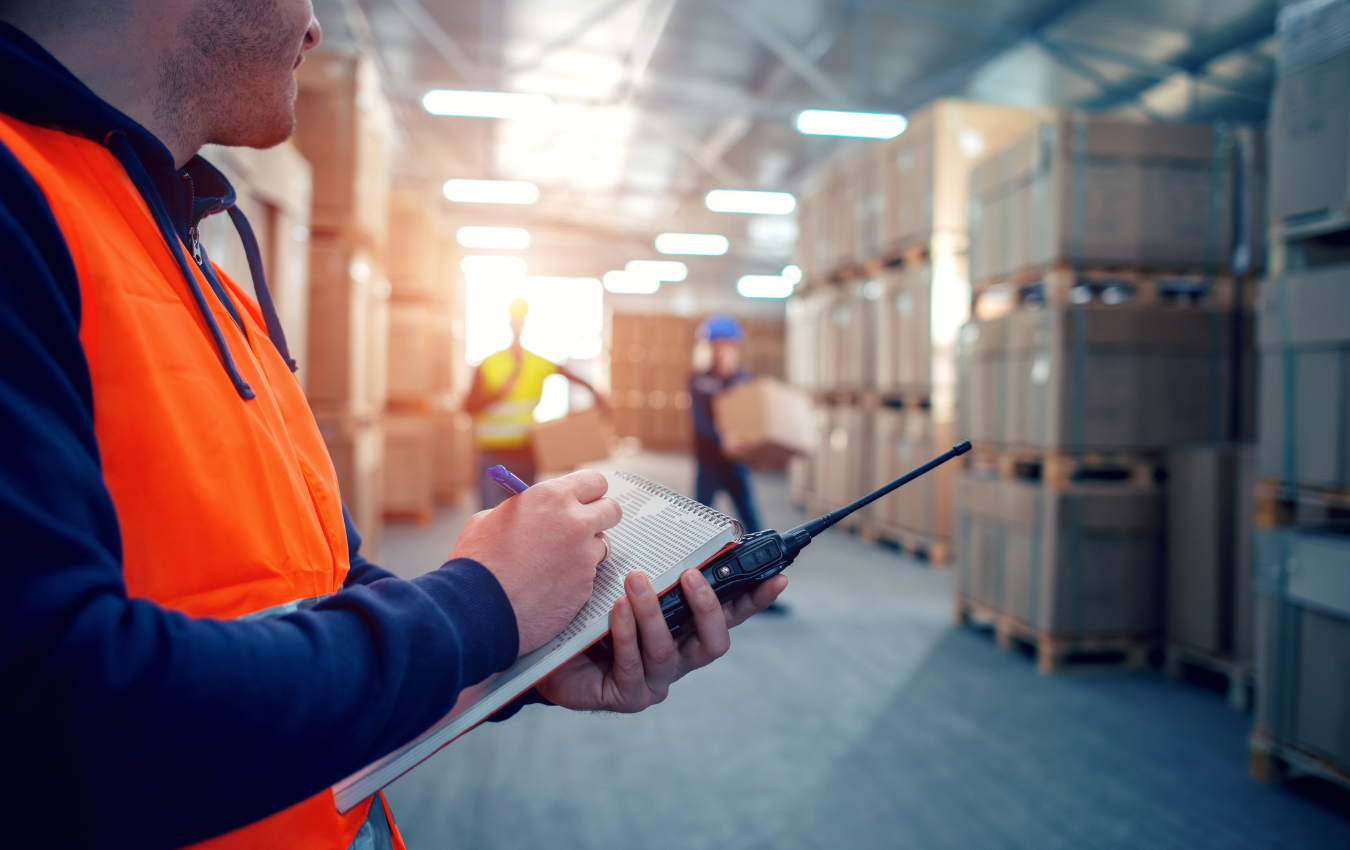
For businesses, the decision to change packaging suppliers can be driven by various factors such as cost, quality, service, or the need for innovation. However,
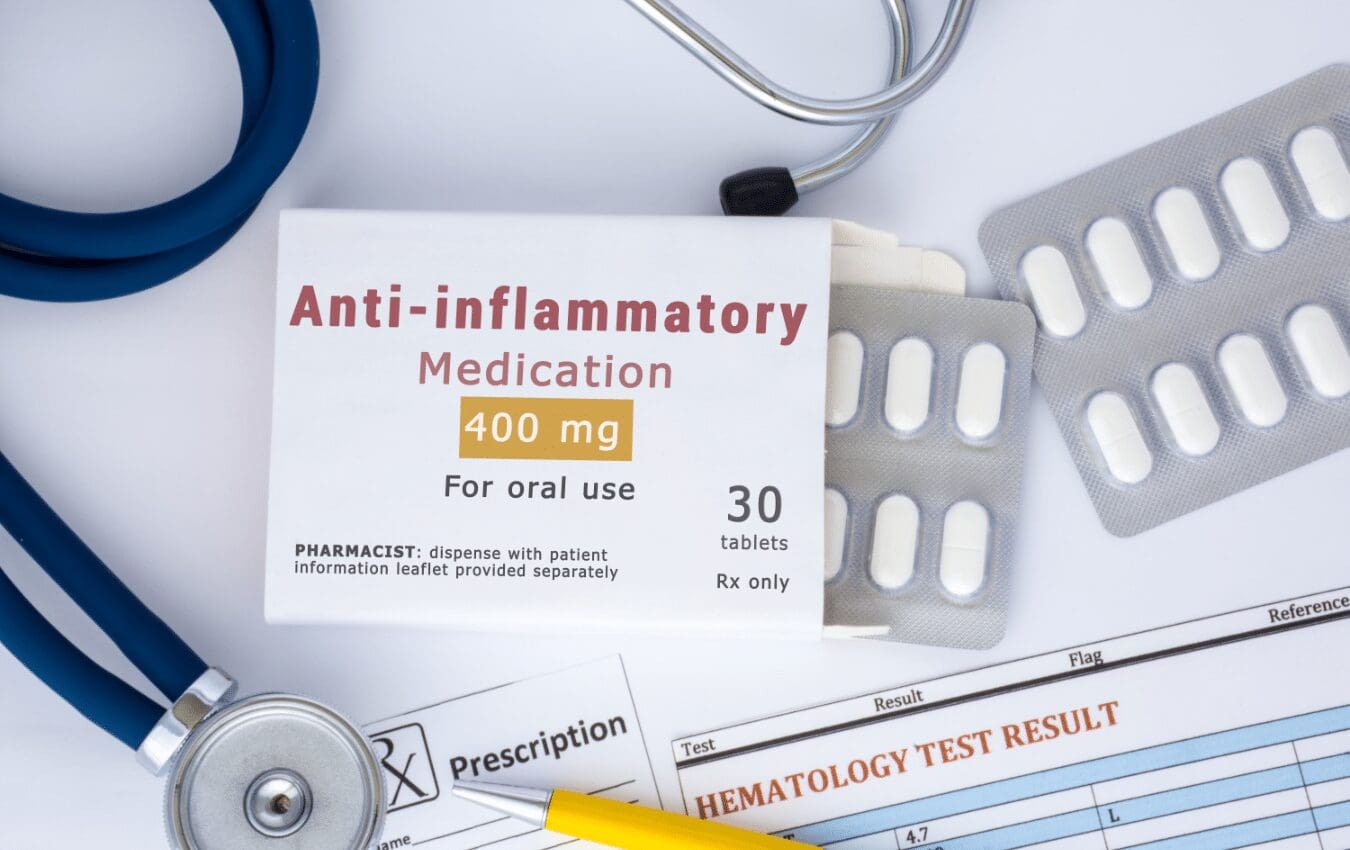
In our daily lives, we come across a plethora of pharmaceutical products, either in our personal capacity or via someone close to us. In this

Moisture resistance and dimensional stability are critical performance factors for custom inserts, especially when products are shipped or stored in variable climates. Both foam and


